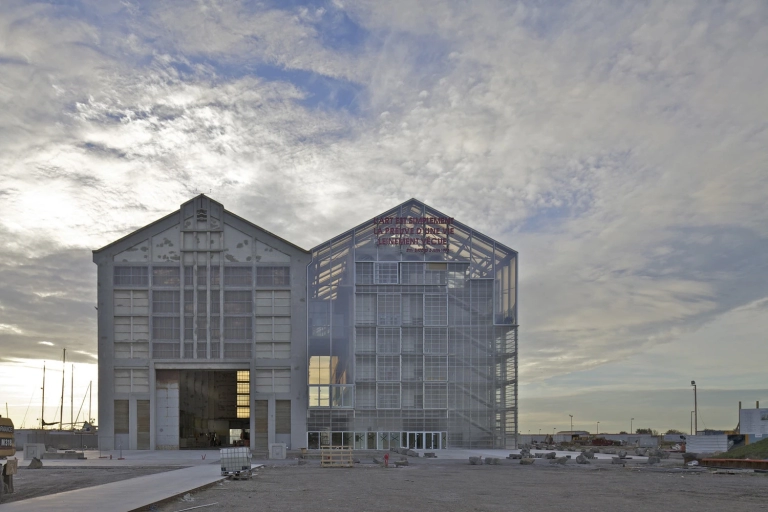Living in a bustling city like Lahore, it’s easy to get caught up in the daily hustle and bustle. But sometimes, a stray plastic bag snagged on a tree branch or an overflowing dumpster can be a stark reminder of our ever-growing waste problem. It got me thinking – what if the buildings we live and work in could be part of the solution, not the problem? This is where the fascinating concept of zero waste design in architecture comes in.
Understanding Zero Waste Design
Zero waste design isn’t just about slapping a recycling bin in every corner. It’s a holistic approach to architecture that minimizes waste generation throughout a building’s entire lifecycle – from the initial design phase to construction, operation, and eventually, demolition (hopefully, a very distant thought!).
The philosophy behind zero waste design has its roots in the concept of a circular economy. Imagine a loop where resources are constantly reused and recycled, minimizing the need for virgin materials and reducing the amount of waste that ends up in landfills. This approach not only benefits the environment, but also makes economic sense by reducing construction and disposal costs.
Zero Waste Design in Action: Trends and Developments in Lahore
The good news is that zero waste design is gaining traction in Pakistan, with Lahore leading the charge. Here are some exciting trends and developments to keep an eye on:
- Government Initiatives: The Lahore Development Authority (LDA) has recently incorporated sustainable building practices into its development guidelines. This includes encouraging the use of recycled materials, promoting energy-efficient designs, and mandating proper waste management systems in new constructions [Source: LDA website].
- Locally Sourced Materials: Architects in Lahore are increasingly opting for locally-sourced materials like brick, clay, and bamboo. This reduces the environmental impact associated with transportation and celebrates the rich heritage of Pakistani construction techniques.
- Adaptive Reuse: Giving new life to old buildings is a fantastic way to reduce waste. We’re seeing a rise in projects that transform historical structures into modern spaces, preserving Lahore’s architectural character while minimizing demolition debris.
FAQs: Your Questions About Zero Waste Design Answered
As someone who follows architecture trends closely, I often get questions about zero waste design. Here are some of the most common ones:
- Q: Is zero waste design expensive?
- A: Not necessarily! While some sustainable materials might have a higher upfront cost, they often come with long-term benefits like lower energy bills and reduced maintenance needs. Additionally, using fewer materials and minimizing waste during construction can save money in the long run.
- Q: Does zero waste design compromise aesthetics?
- A: Absolutely not! In fact, many zero-waste designs are incredibly beautiful and innovative. Architects are incorporating sustainable elements seamlessly into their creations, proving that eco-friendly buildings can be just as stunning as their conventional counterparts.
- Q: How can I incorporate zero waste principles into my home?
- A: There are many ways! Start by using energy-efficient appliances, opting for furniture made from recycled materials, and composting food scraps. You can even get creative and upcycle old objects into new furniture pieces.
Expert Tips: Building a Zero-Waste Future
Based on my experience following architectural trends, here are some tips for those interested in incorporating zero waste design principles into their projects:
- Plan from the Start: Consider the entire lifecycle of a building during the design phase. This includes selecting durable, recyclable materials, and designing for flexibility to accommodate future changes.
- Embrace Local Expertise: Work with architects and builders familiar with local sustainable practices and materials. They can offer valuable insights and ensure your project aligns with Lahore’s unique context.
- Think Beyond Construction: Don’t forget about the operational phase! Encourage energy efficiency through passive cooling techniques and natural lighting. Implement proper waste management systems for residents or tenants.
Call to Action: Building a Sustainable Lahore Together
Zero waste design in architecture isn’t just a trend; it’s the future. By embracing these principles, we can create buildings that are not only beautiful and functional but also environmentally responsible.
If you’re interested in learning more about how zero waste design can be applied to your next project, Avenir Developments, a leading architecture, interior design, and property development company in Lahore, can help. Their team of experienced professionals is passionate about creating sustainable spaces that cater to Lahore’s unique needs. Get in touch with Avenir Developments today on WhatsApp or Call +923001101103 to discuss your architectural vision and build a sustainable future for Lahore, one building at a time.







